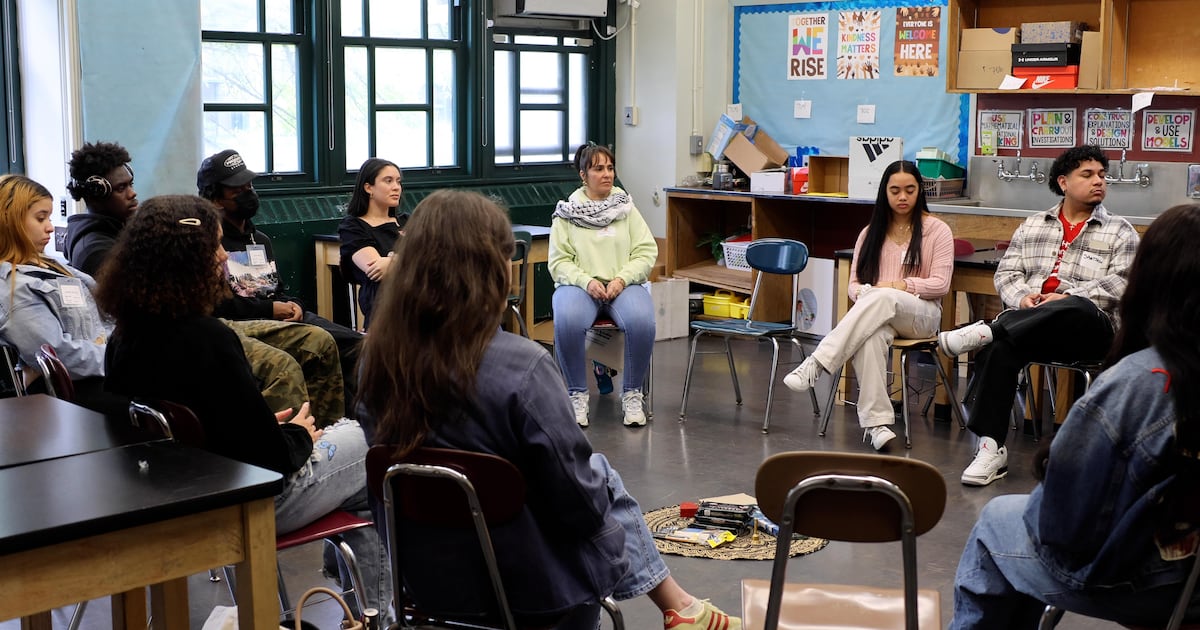
"In New York City schools, restorative justice - or RJ - has been around for almost a decade. It's a way to repair harm by bringing together the person who caused it, the person affected, and the community. Restorative justice circles are designed to help students heal, take accountability, and build stronger communities, but too often they feel like just another routine."
"At my Brooklyn high school, we sit in a circle twice a week, yet phones stay out and eyes glaze over. Far from the healing practice they're meant to be, these sessions can become checkbox exercises. As a peer mediator and RJ leader, I've seen both their promise and their pitfalls. Black students are suspended 3.4 times more than their white peers. Studies show that even minor suspensions can derail academic achievement for years."
"A 2022 citywide study found that some students "do not care, do not pay attention, or fall asleep during circle". I see my peers doing the same. So I started asking: What would it actually take to make it work? And how should we reassess success - beyond suspension rates - to include trust, student voice, and genuine community healing?"
Restorative justice has operated in New York City schools for nearly a decade as a method to repair harm by bringing together the person who caused it, the person affected, and the community. Restorative justice circles aim to help students heal, take accountability, and build stronger communities through Tier 1 community-building, Tier 2 conflict resolution, and Tier 3 reintegration. In practice many circles become routine checkbox exercises with student disengagement. Black students face suspensions at 3.4 times the rate of white peers, and even minor suspensions can harm long-term academic outcomes. Measures of success should include trust, student voice, and genuine community healing, and prioritize student-led processes over adult-led ones.
Read at Chalkbeat
Unable to calculate read time
Collection
[
|
...
]